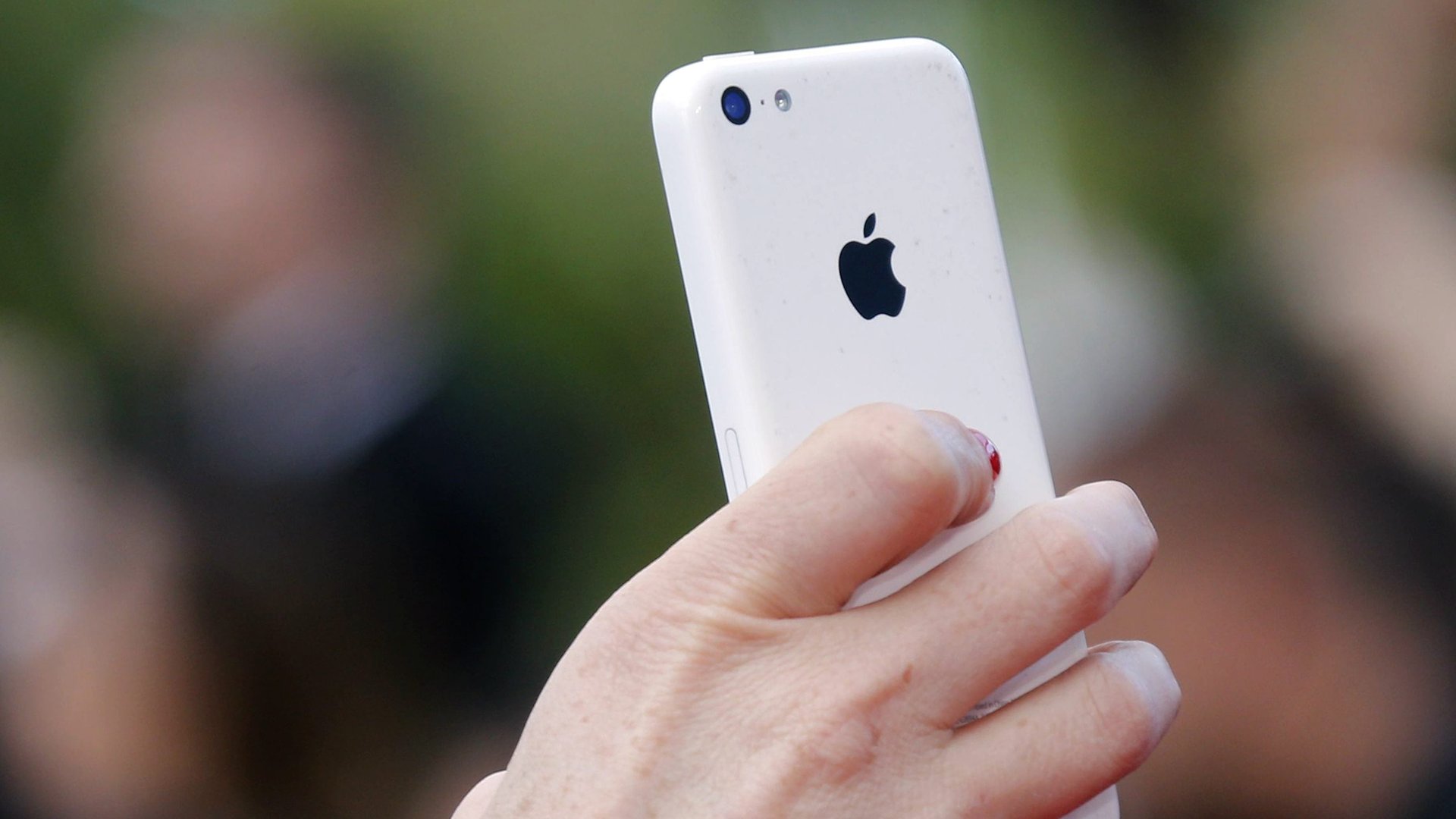Apple doesn’t need you to buy a new iPhone anymore
The iPhone remains king for Apple—but for how much longer?


The iPhone remains king for Apple—but for how much longer?
The company announced its second-quarter earnings today (April 30). Wall Street had been expecting Apple to generate around $54.77 billion in revenue for the quarter, according to Nasdaq—in fact it posted $58.02 billion. While investors will likely be pleased that Apple came in above expectations, that revenue figure is still a drop of about 5% over the same period last year, when the company generated $61.1 billion.
Apple shares shot up in after-hours trading to over $210, a jump of about 5% over its closing price.
Even though some elements of Apple’s earnings statement may appear as business as usual, the story is starting to change. As ever, Apple generated a ton of cash from the iPhone. It posted more than $31 billion in iPhone sales for the quarter, a drop of 18% over the same period last year, when it generated $38 billion.
The iPhone has been Apple’s cash cow for over a decade now. As Apple has struggled to break into emerging markets like China and India, where brand loyalty is less important than value for money, it has had to find new ways to generate additional cash from existing customers. For the past three years, its services business—which includes sales of apps, games, movies, music, cloud storage, and Apple Pay fees—has been the company’s second-largest business. Services have eclipsed sales of Macs, iPads, and everything else the company sells beside phones.
Apple’s services revenue continued its staggering growth, posting a massive $11.4 billion for the quarter. That’s a jump of about 25% over the same period last year, and the fifth consecutive quarter of growth. This quarter alone would rank the business on its own at number 264 on the Fortune 500 list. It’s certainly helping the company stave off any weakness in its iPhone business.
Apple’s other businesses were a bit of a mixed bag. Sales of iPads and accessories were both up over the same period last year, likely buoyed by new models. The new iPad Pro, launched late last year, helped the segment grow to $4.87 billion for the quarter, a jump of about 18% over the same quarter last year. Second-generation AirPods earbuds likely accounted for a large part of the nearly 30% spike in sales—roughly $5.13 billion—the accessories division saw. Mac computer sales were down by about 6% over the same period, to $5.51 billion.
Apple’s increased focus on services is clearly paying off, and it has more offerings ahead to keep customers locked in, even when they’re not interested in buying new phones. The company recently announced a host of new services it plans to release this year, including Apple TV+, which includes original TV programming, and Apple Arcade, a games-subscription service. Apple News+, the all-you-can eat subscription for digital publications, is already live. Apple also has its own credit card in the works.
Apple’s future may be more regular, reliable revenue from subscriptions. Yet if it can keep people coming back, its present is still completely dominated by the iPhone: